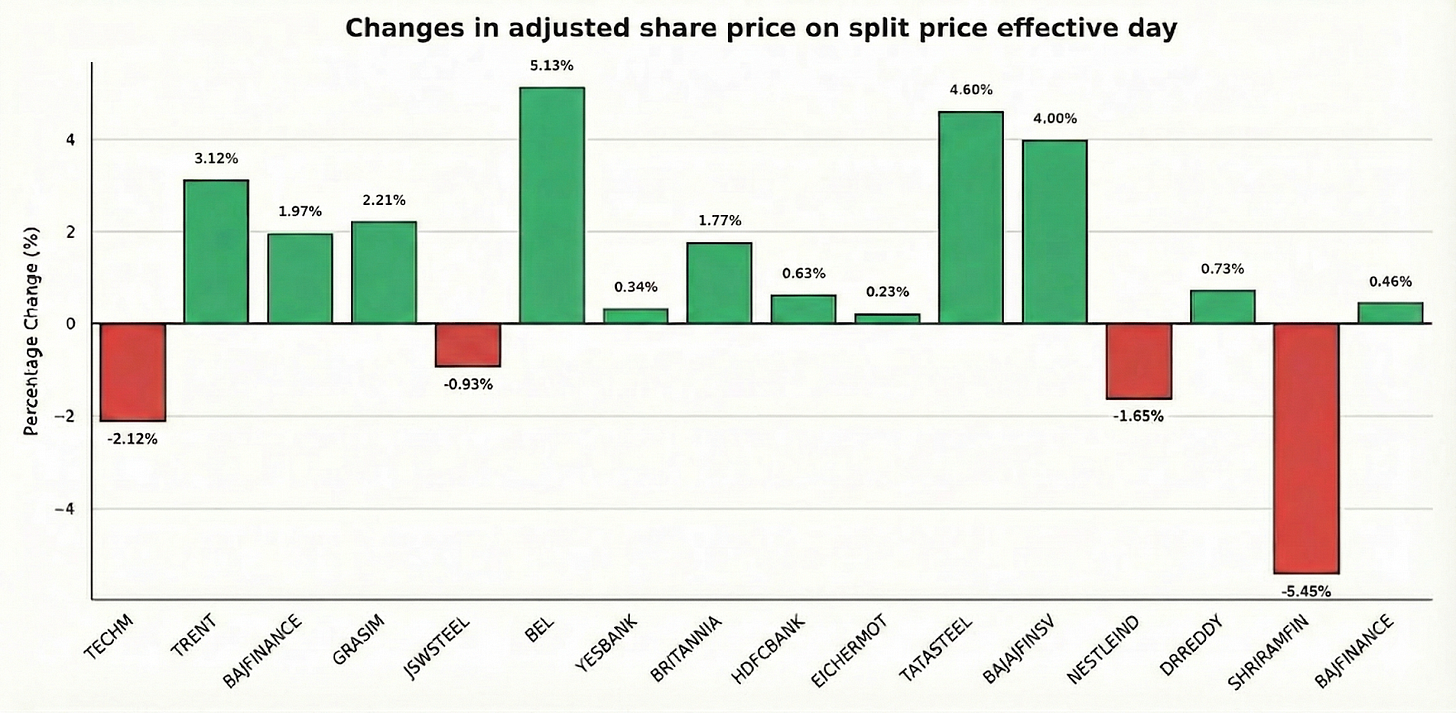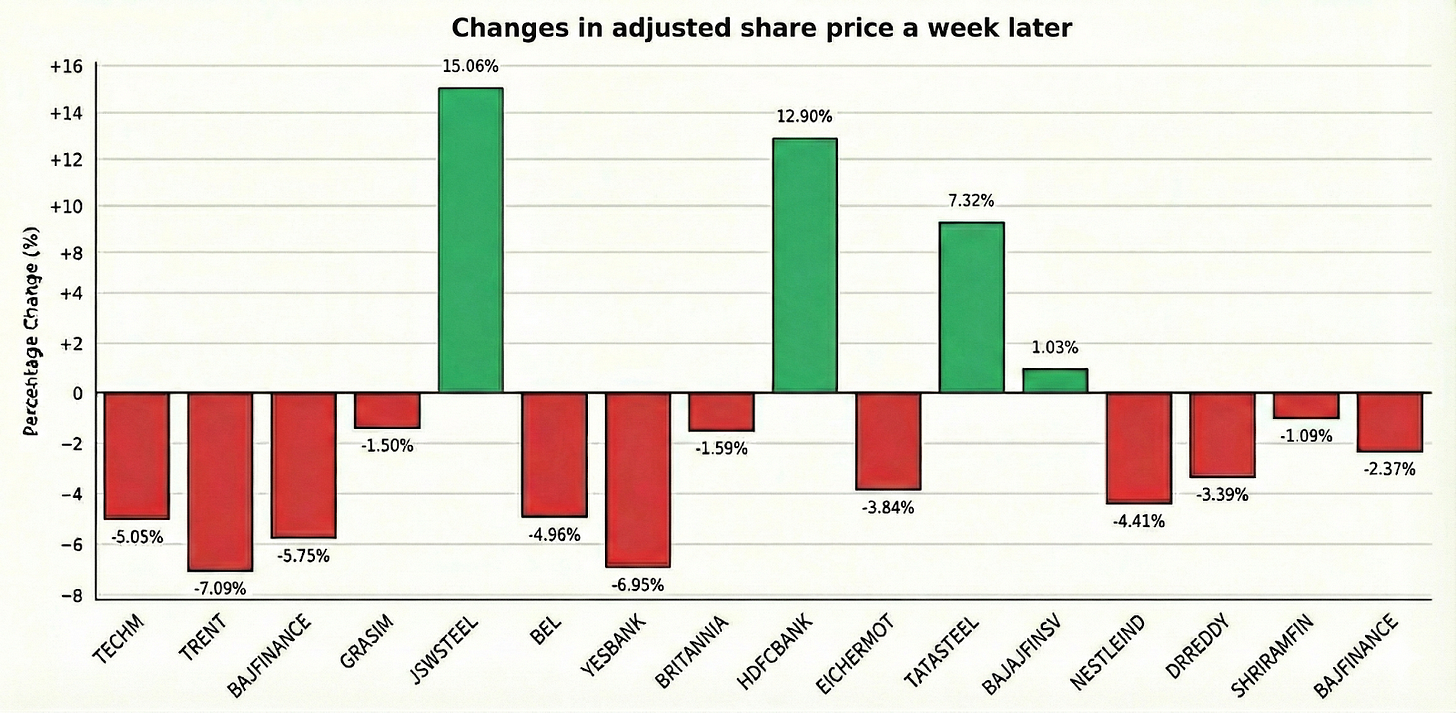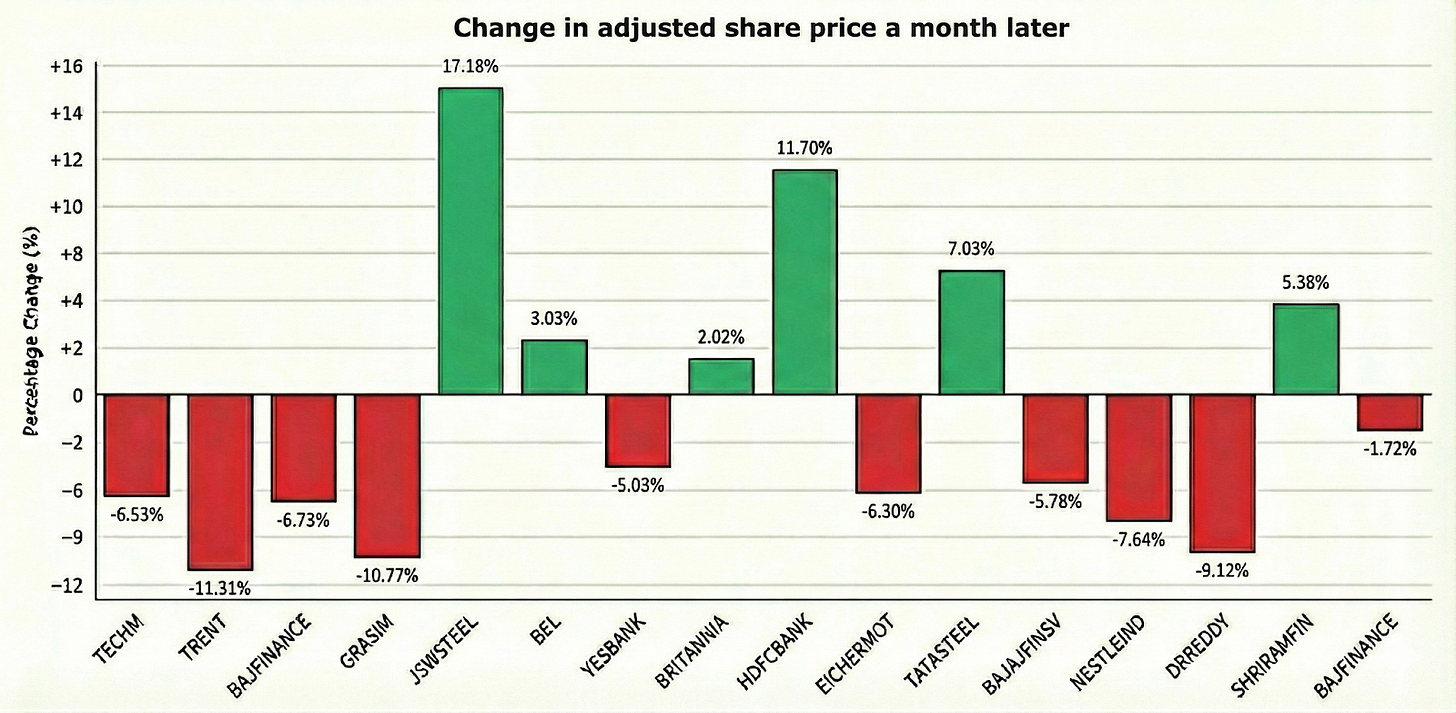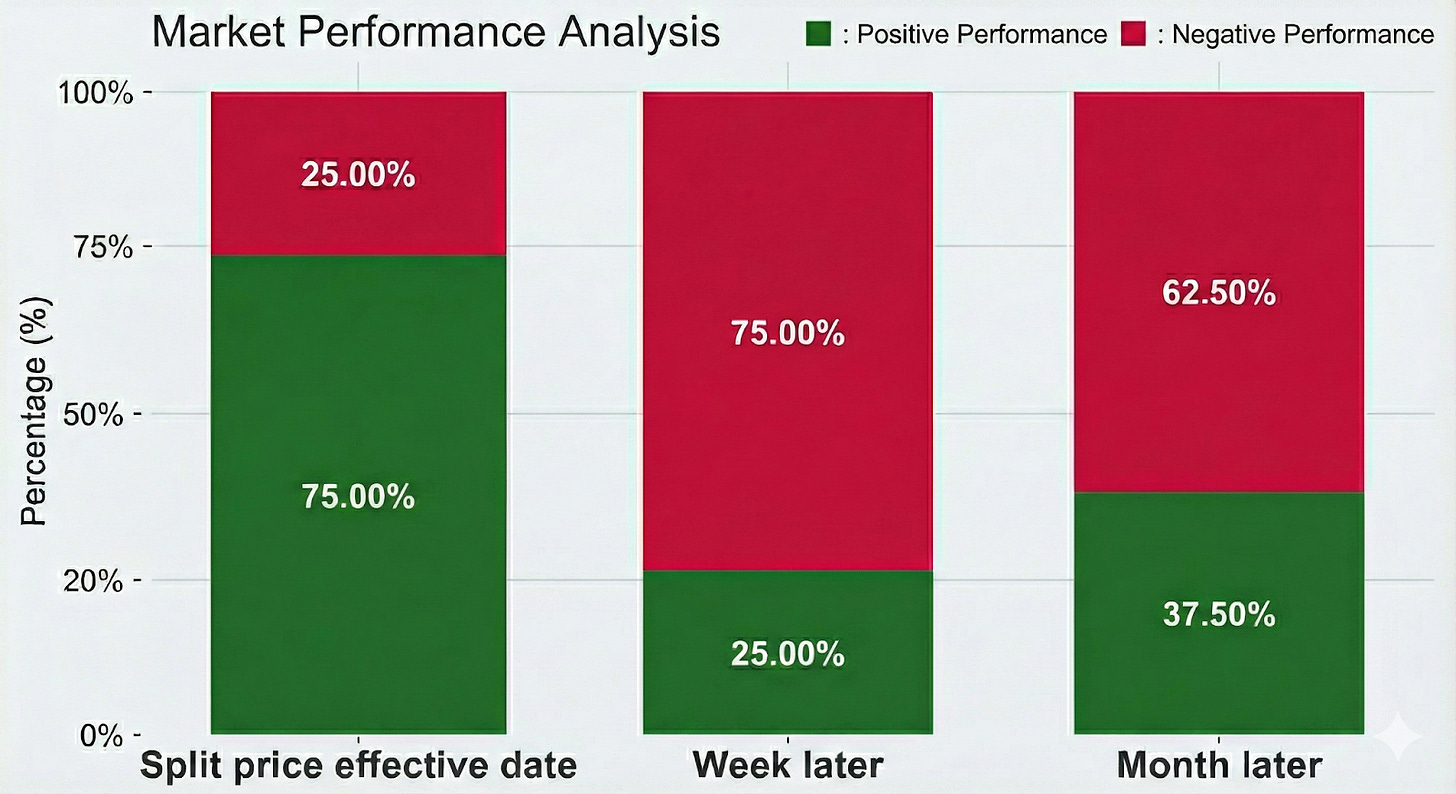Coca-Cola wants you to drink Coke ‘more often’.
It’s no surprise though, selling Coke is what they exist for after all.
But how are they planning to do so?
Well the company is focussing on something small, as in smaller bottles.
By spreading out more Coke in smaller quantities, they aim to drive the demand for more frequent and eventually higher consumption.
But there is more to it.
Try searching for a 250 ml Coke on the internet.
You may find the MRP being Rs 20, roughly Rs 80 per litre.
Similarly if you look for the 1.25 litre bottle, you will find it priced at Rs 70, almost Rs 56 for a litre.
The smaller bottle increases Coke’s margins by Rs 24 for every litre of Coke liquid sold, a 43% boost over the larger bottle.
And the magic is, when you consume in small quantities, you don’t even feel the pinch of paying 43% more.
This sort of psychological play with pricing isn’t unique to the beverages industry, and is sort of ‘attempted’ in the stock market space as well.
For example, when companies do a stock split, they aim to make their shares more affordable and accessible to the masses.
It is also believed that as prices go down post-split, the increased demand for the stock helps in artificially pushing up the company’s market cap to a ‘small’ extent.
The logic sounds tempting, hence we tried testing this out.
So for every company of Nifty 50 universe that split between January 2015 and October 2025, we checked how the adjusted share price behaved:
the day of split price becoming effective
a week later
a month later
Our focus is limited to the period of up to one month following the stock split, as a longer timeframe introduces numerous other variables influencing company’s stock price.
The analysis examines Nifty 50 constituents from January 2015 to October 2025, screening stocks that were a part of the index at any point during this timeframe.
We found 16 stock split instances across 15 companies in this period, with Bajaj Finance splitting twice, in 2016 and 2025.
The insights that we found are as follows.
On the day when split price became effective, the adjusted share price of the companies closed higher in 12 out of 16 instances
Though a week later, only 4 of 16 splits were positive compared to the split day
A month later, just 6 of 16 split instances maintained the upside
In 75% of cases, the stock’s value did increase the day when post-split prices stepped in, emphasising that lower prices after a split can affect stock movement.
However, the momentum didn’t last in the subsequent week & month for most of them.
This explains that in the ‘long run’, the stock market doesn’t behave like the beverage industry, and the low-price effect has its limitations here.
Over a longer period, it is the company fundamentals & market conditions that drive the stock, and not its nominal share price.
Because if not, then MRF, one of India’s costliest stocks (Rs 1.5 lakh per share) would not have delivered a 14.5% CAGR return in the last decade, when Nifty 50 gave around 12.7%.
(This analysis is a simple exploration to understanding the workings of the stock market. While we strive for thoroughness, we acknowledge the possibility of genuine errors. If you believe we have overlooked anything important, please inform us by leaving a comment below. Though you can also let us know if you simply liked the writeup)
Things to Note:
Infographic and graph images shown have been AI generated.
MRF and Nifty 50 CAGR values are as of 21 Nov 2025
We have considered Nifty 50 stock universe for period between Jan 2015 to Oct 2025, and the results may differ from what we have found, if a different stock universe or timeline is chosen
The mentioned MRP & volume of Coke bottles is as of 21 Nov 2025







